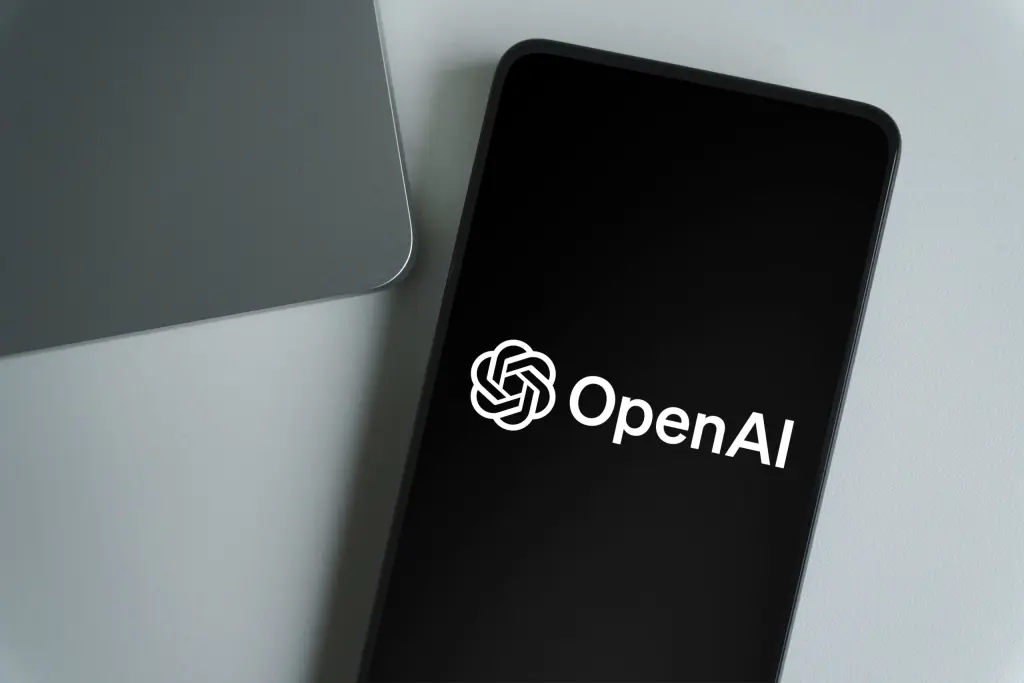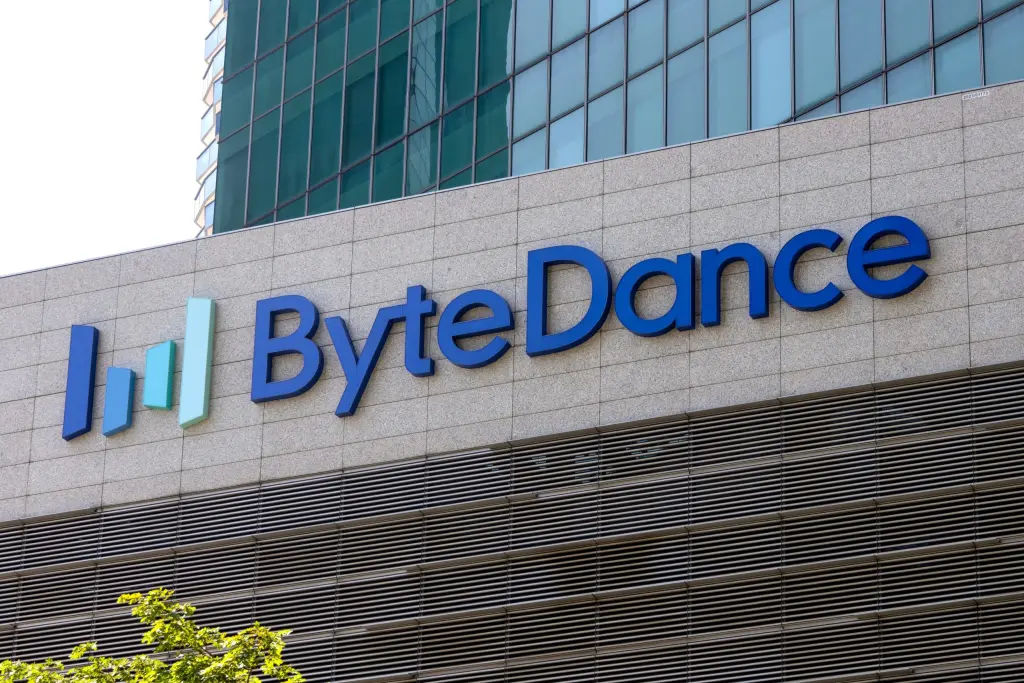OpenAI is set to produce its first artificial intelligence chip next year in a partnership with U.S. semiconductor giant Broadcom, a strategic move to power its AI systems and reduce its reliance on third-party suppliers like Nvidia. The chip will be used internally by OpenAI and will not be made available to external customers.
By the Numbers
The partnership is a significant development in the high-stakes AI hardware landscape:
- 2026 Launch: The expected year for the production of OpenAI’s first AI chip.
- $10 Billion+: The value of AI infrastructure orders secured by Broadcom from a new, unnamed major customer, widely believed to be OpenAI.
A Strategic Move to Reduce Reliance on Nvidia
OpenAI’s move to develop its first generation of in-house AI silicon is part of a plan to reduce its heavy reliance on chips from Nvidia, diversify its supply chain, and lower the substantial computing costs required to train and run its systems. This follows a broader industry trend, with other tech giants like Google, Amazon, and Meta also building their own custom chips to handle the surging demand for AI workloads.
A Partnership of AI and Semiconductor Giants
The chip will be developed in partnership with Broadcom and is planned to be fabricated by Taiwan Semiconductor Manufacturing Co (TSMC). Further evidence of the partnership came as Broadcom CEO Hock Tan announced on Thursday that the company expects AI revenue to “improve significantly” in fiscal 2026 after securing over $10 billion in AI infrastructure orders from a new, unnamed customer.
Looking Ahead
The development of more efficient, custom AI chips by major AI labs is a critical step in making advanced AI more scalable and accessible. For the MENA region, this trend could eventually lower the cost and increase the availability of powerful AI services for businesses and governments, accelerating digital transformation initiatives.
Source: Reuters














